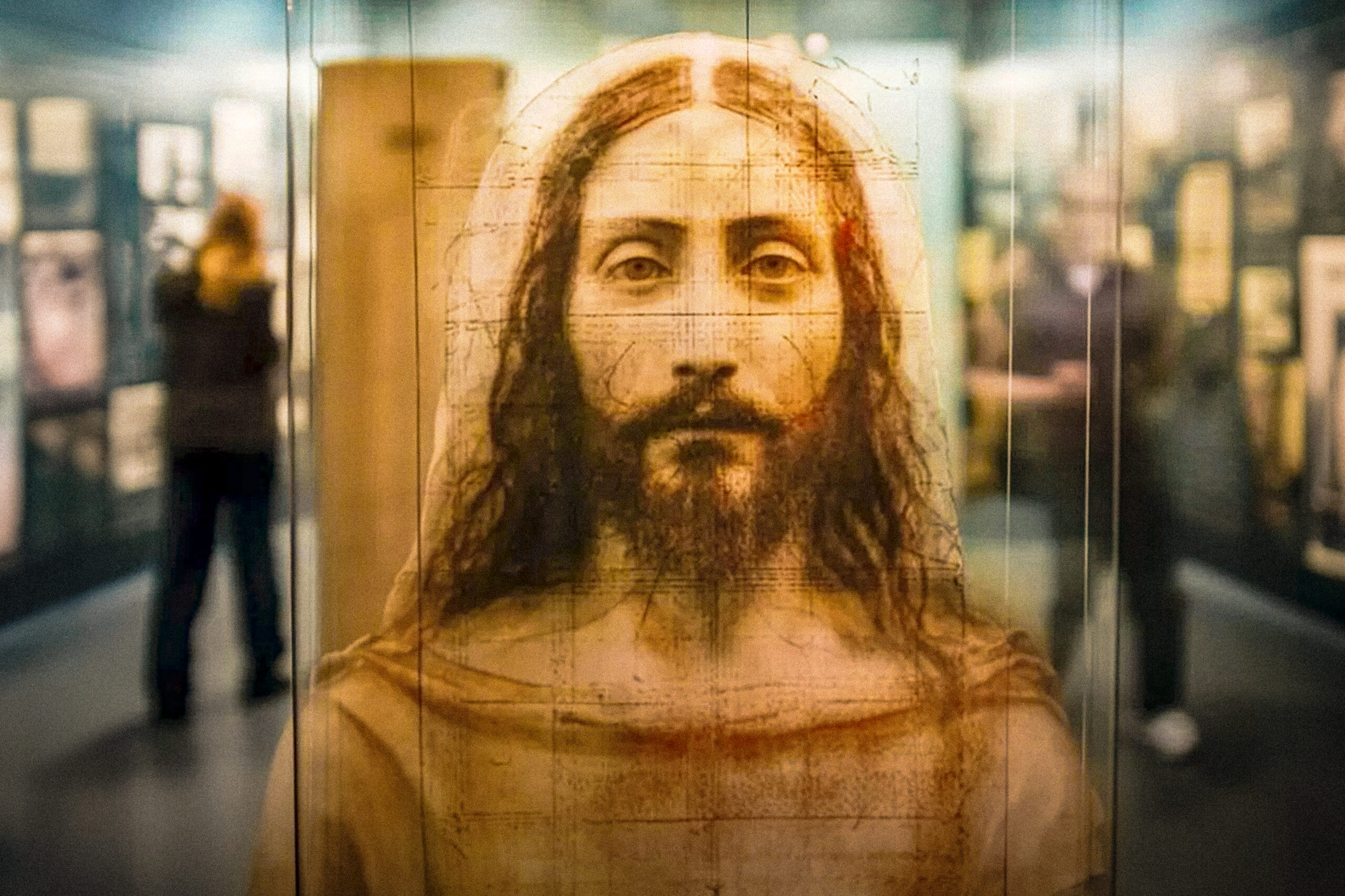
The famed Shroud of Turin was used as a starting point for creating an image that looks to resemble the marks on the contentious shroud in an innovative usage of artificial intelligence. According to the Daily Star, the latest AI image of Jesus Christ was generated by Midjourney software to commemorate the 90th anniversary of the first time the famed Shroud of Turin was placed on public display. A man with long hair and a beard is depicted in the idealized image. On X, author Lee Strobel shared the photo, writing, “According to Artificial Intelligence, this is what Jesus looked like if the Shroud of Turin is authentic.”
As per the New York Post, the software was used even before. “The results are hilarious, and everyone I’ve shared my work with can’t believe how real the pictures really look,” said Duncan Thomsen, adding that AI software Midjourney was used by him through the Discord app. The legendary shroud has a lengthy and contentious history, with some claiming that it was the burial garment of Jesus Christ. According to CBN, the new AI image of Jesus Christ has aroused discussion because of interesting connections to the Shroud of Turin.
The Shroud gives no specific indication of eye colour, skin colour, hair colour, or clothing
Speaking to CBN News, author Clinton S. Thomas said, “The AI, depending on its access, was likely to reference several popular images of Jesus in addition to the Shroud before making a picture. The Shroud gives no specific indication of eye colour, skin colour, hair colour, or clothing – this image includes all which indicates it is pulling from various images.” “Interesting. There’s no confirmed historical record of Jesus having long hair though. The long hair descriptions stem from early depictions of Him from paintings of people in that time. In addition to His depiction, the description of Him in the book of Revelation is a description of Jesus resurrected, not living,” said filmmaker Christian Newlands, as reported by CBN News.
“No matter how accurate AI may like to be, it can’t be that accurate if the information that gets processed are only depictions,” he stated. The burial cloth has an interesting history, with some claiming that it was owned by Byzantine emperors but vanished during the Sack of Constantinople in 1204. According to historians, the Order of the Knights Templar owned a relic depicting a bearded man on linen or cotton. In 1453, the House of Savoy acquired ownership of the shroud. The shroud was damaged in a fire at a chapel in Chambéry, Savoy’s capital, in 1532, and it was patched together by nuns from the Order of Saint Clare. The Duke of Savoy moved the shroud from Chambéry to Turin in northern Italy in 1578, and it has been there ever since. It remains in the Chapel of the Holy Shroud at Turin Cathedral.
